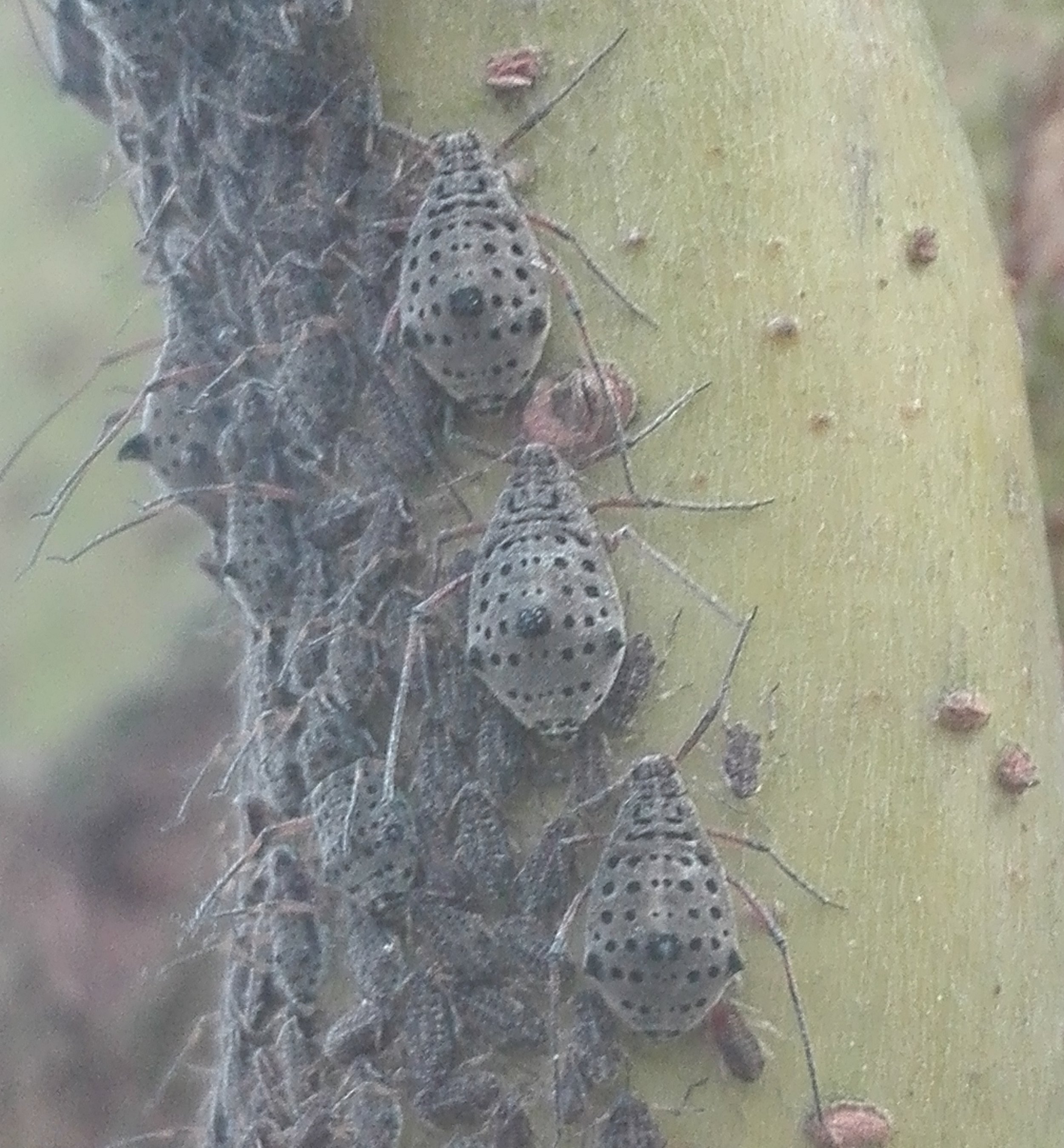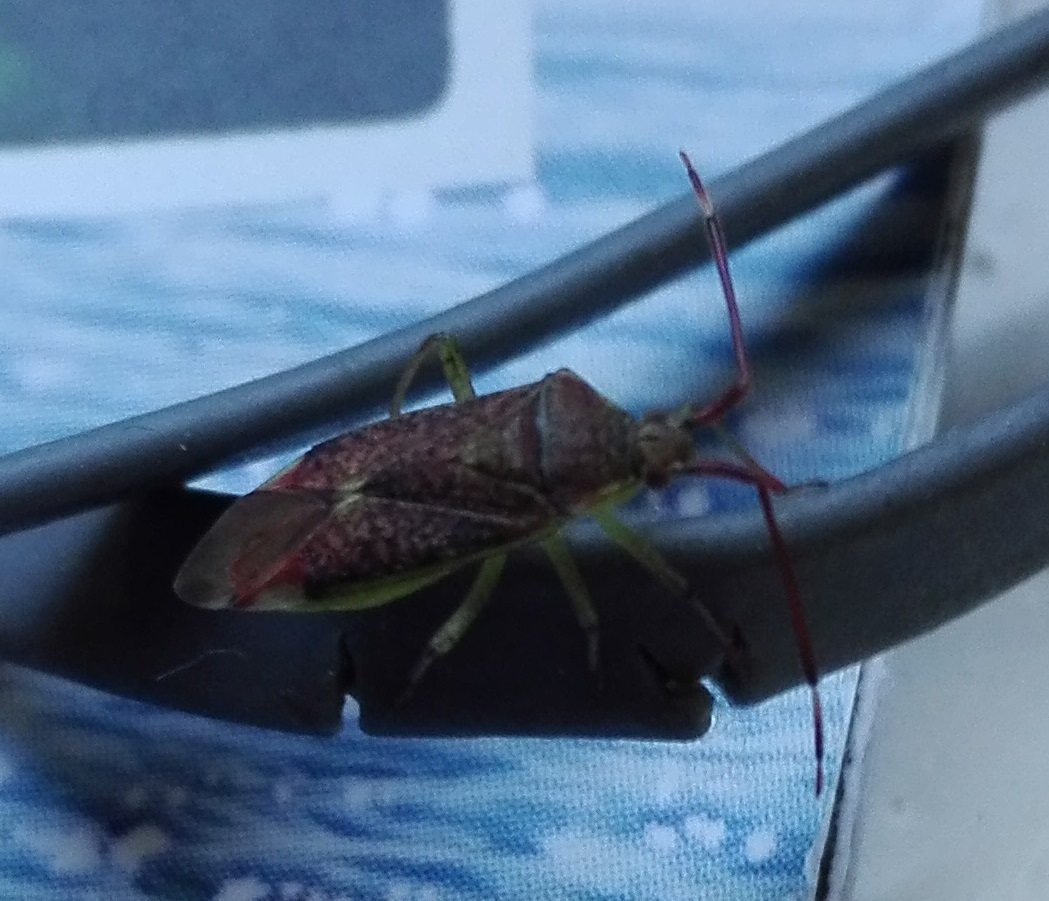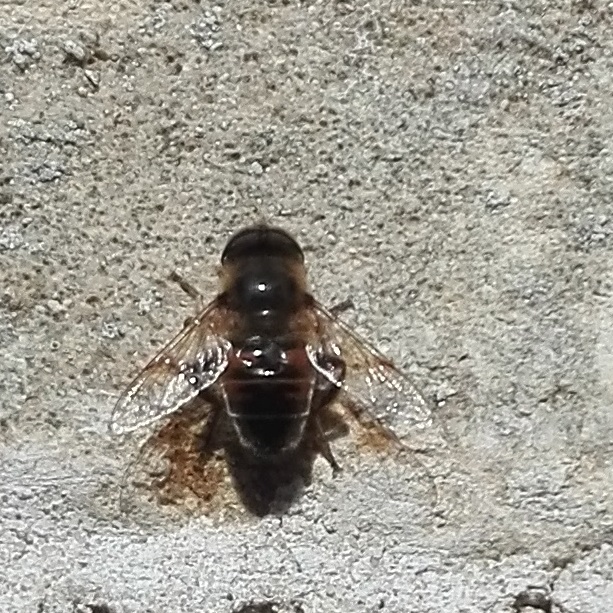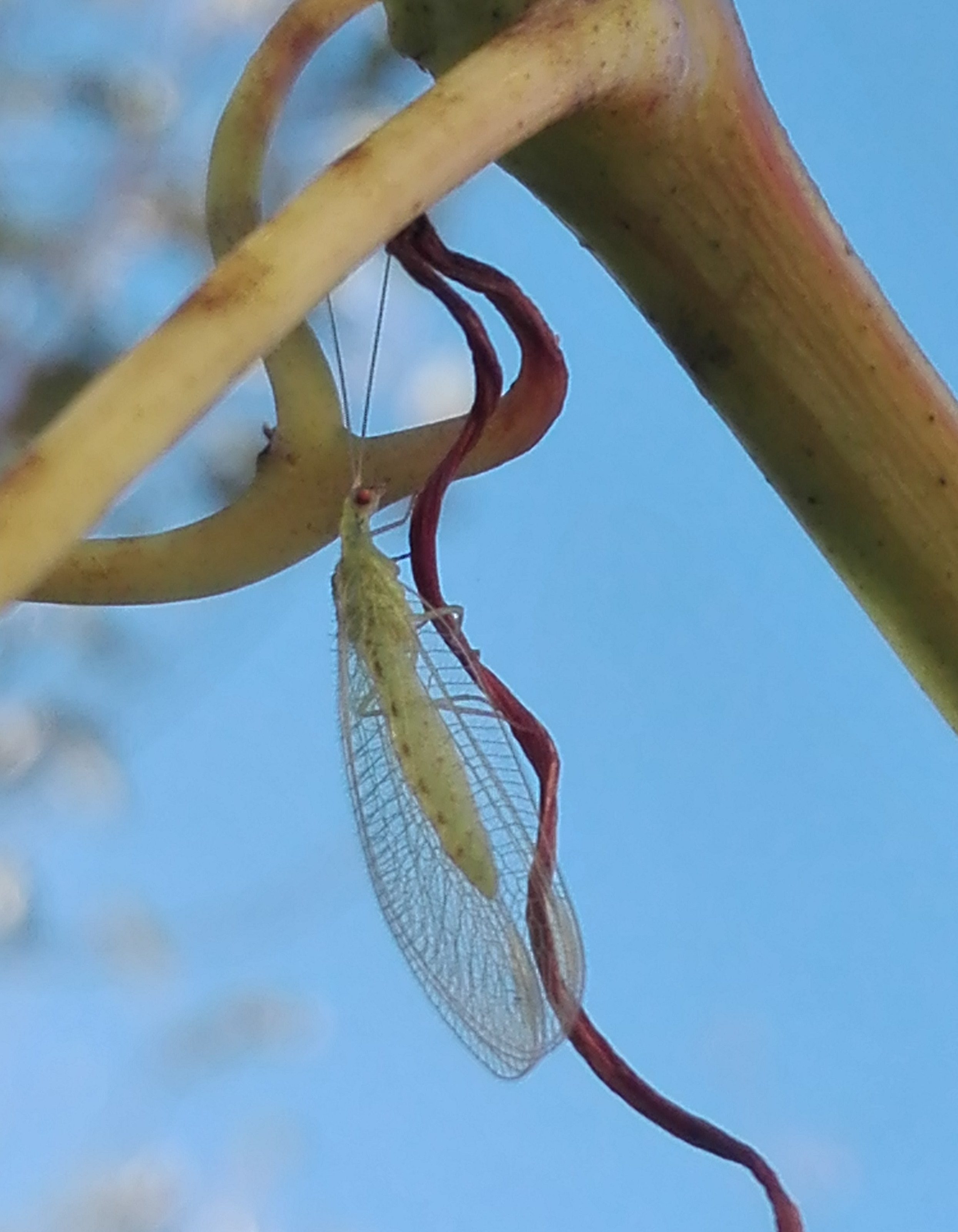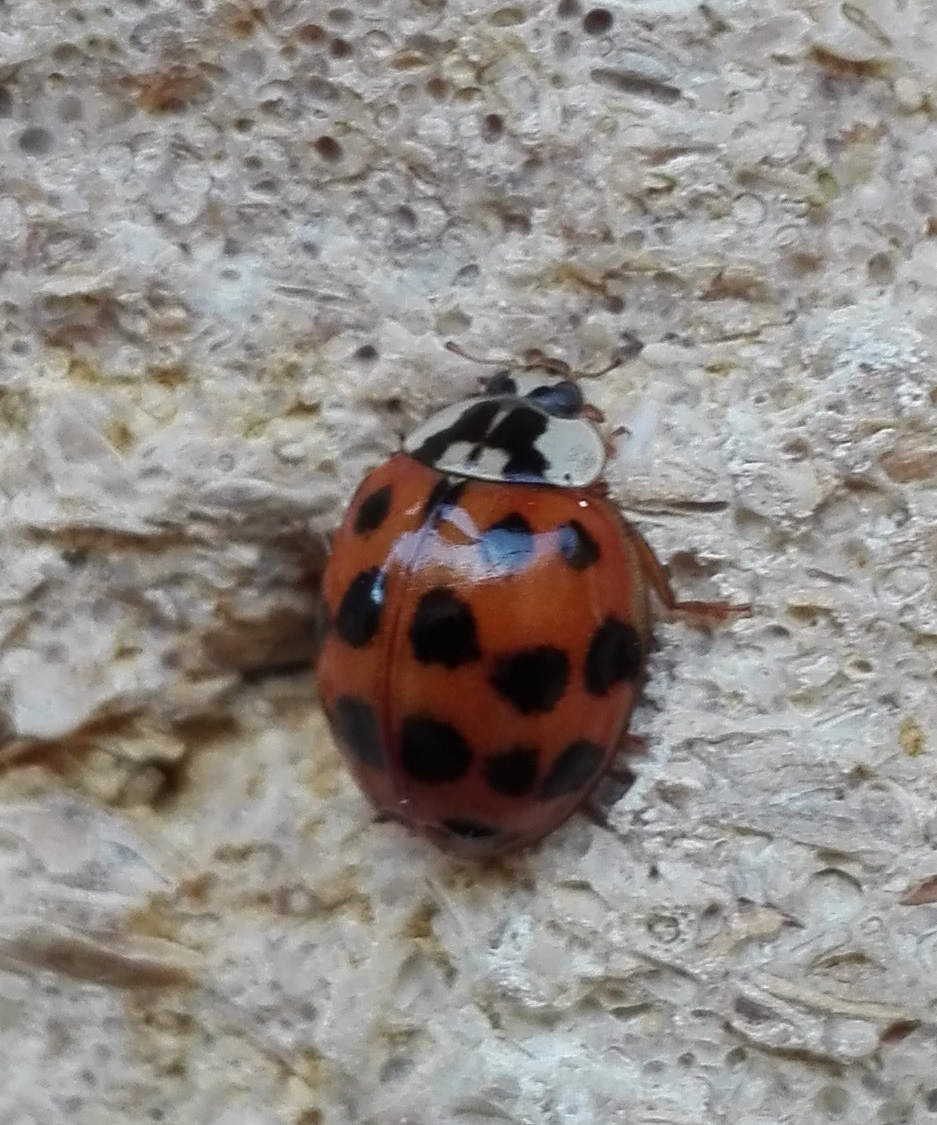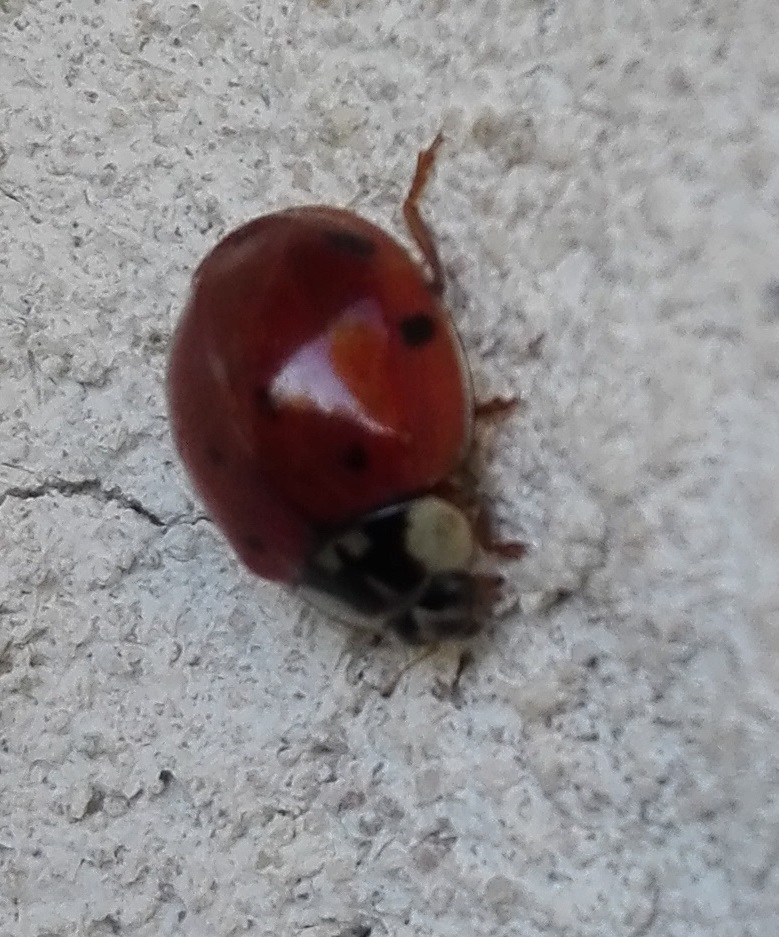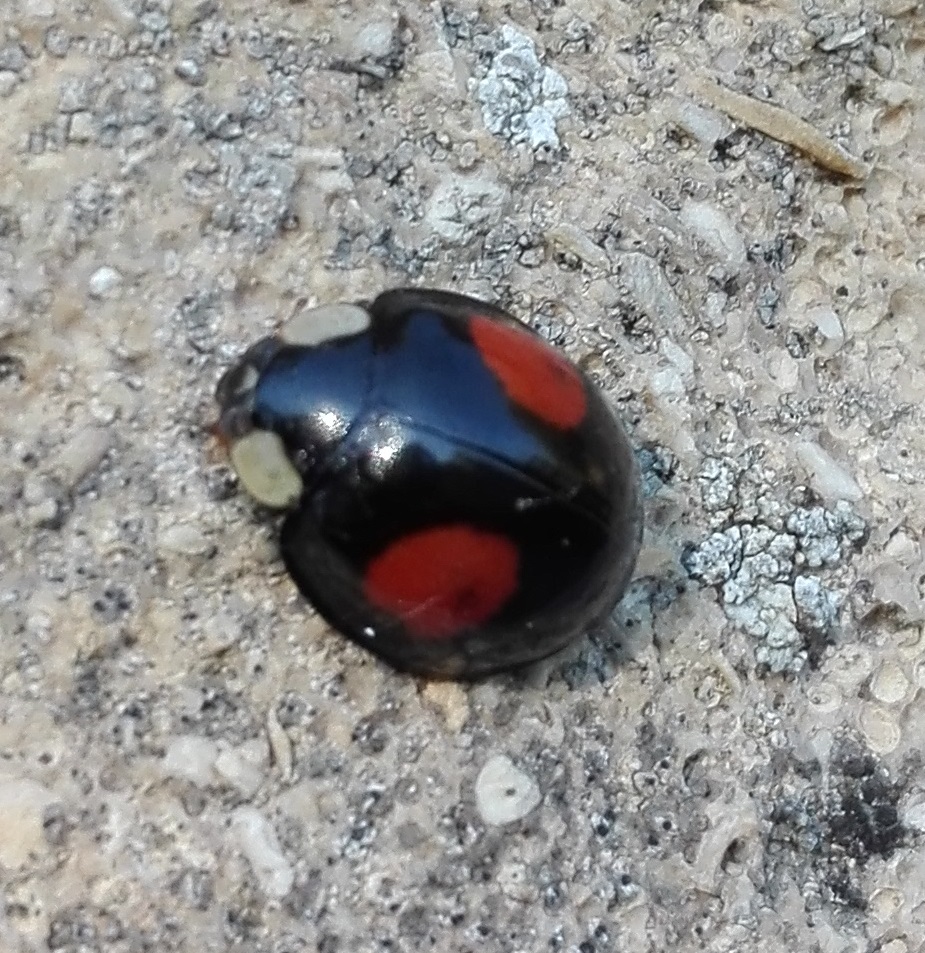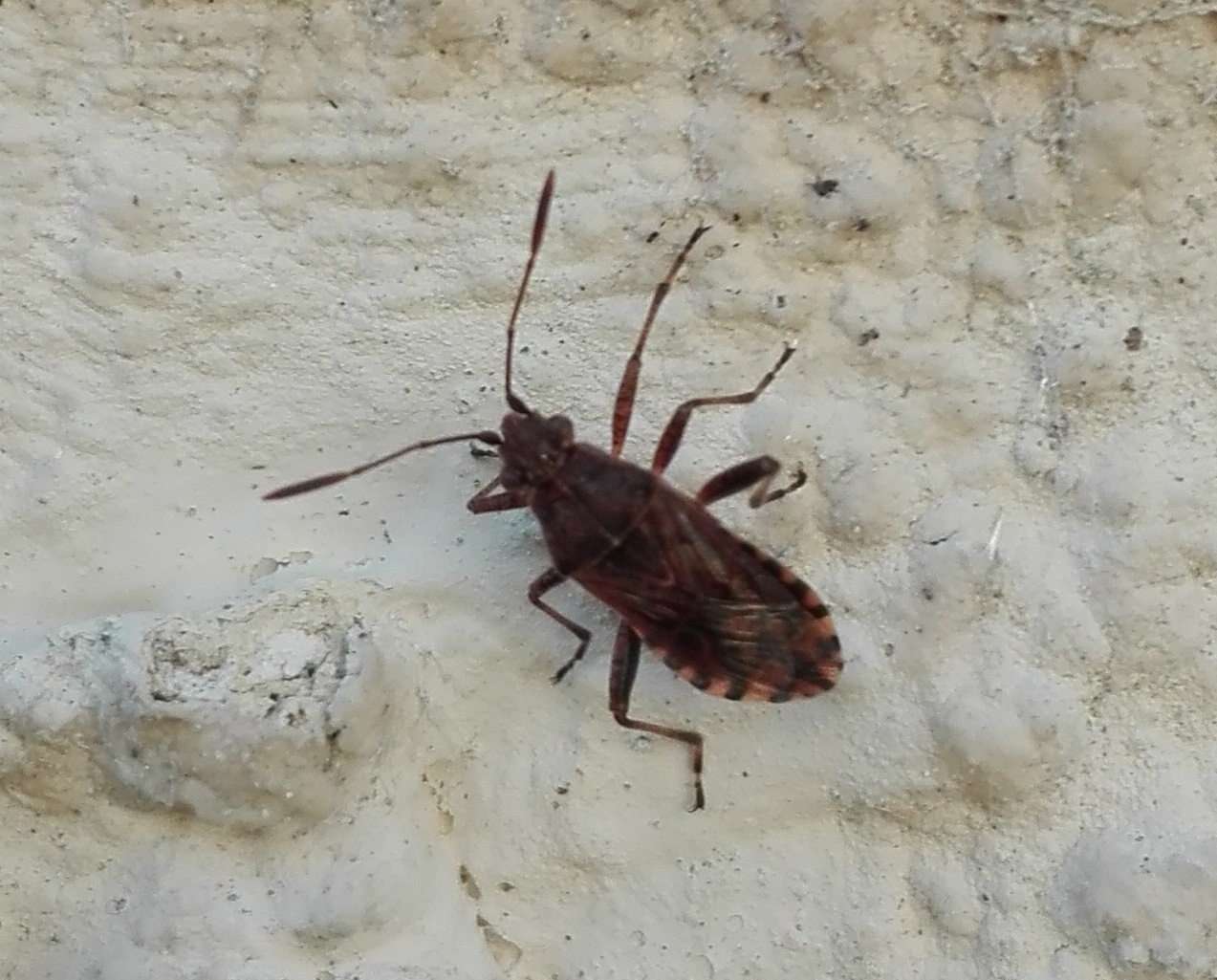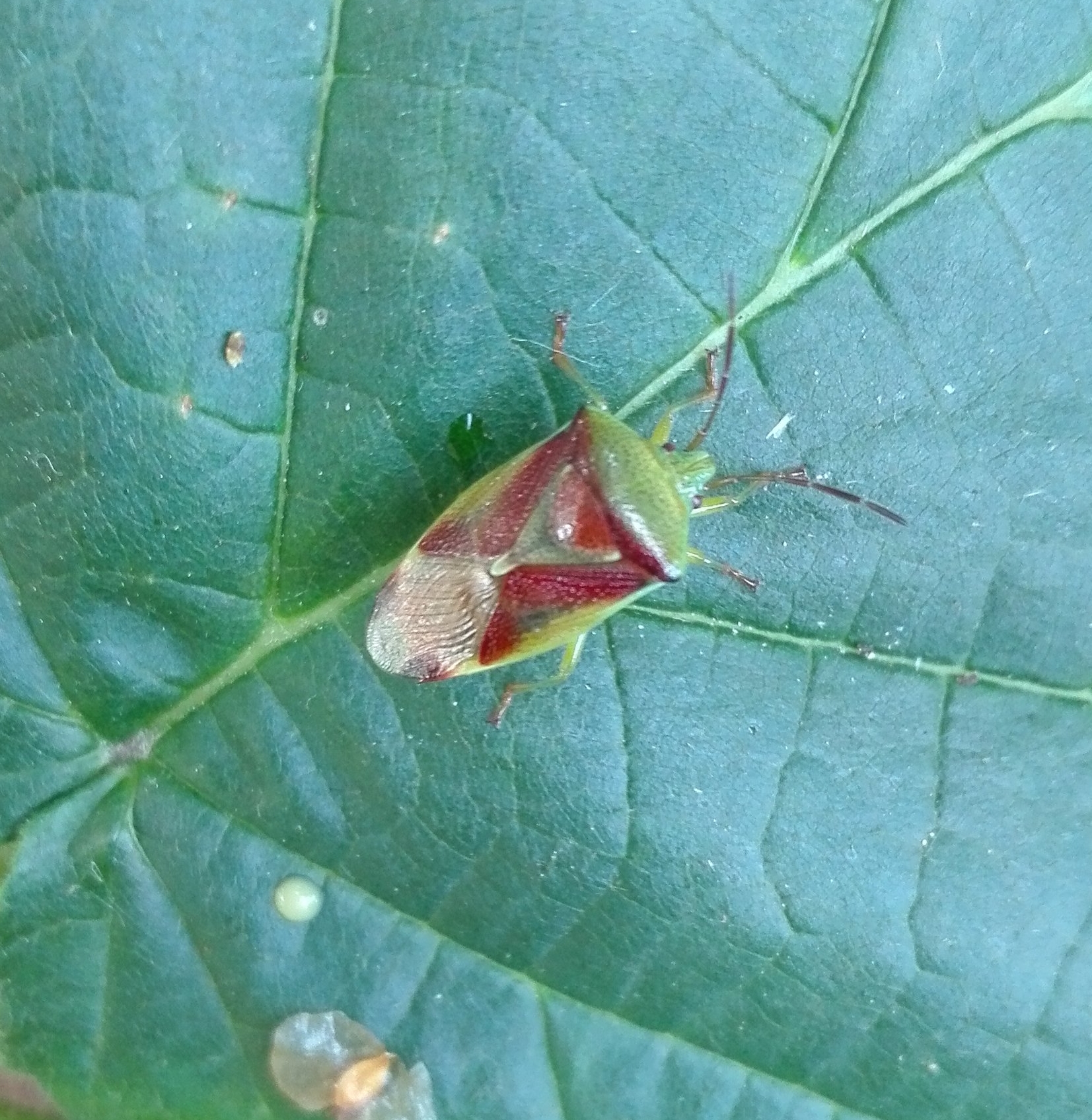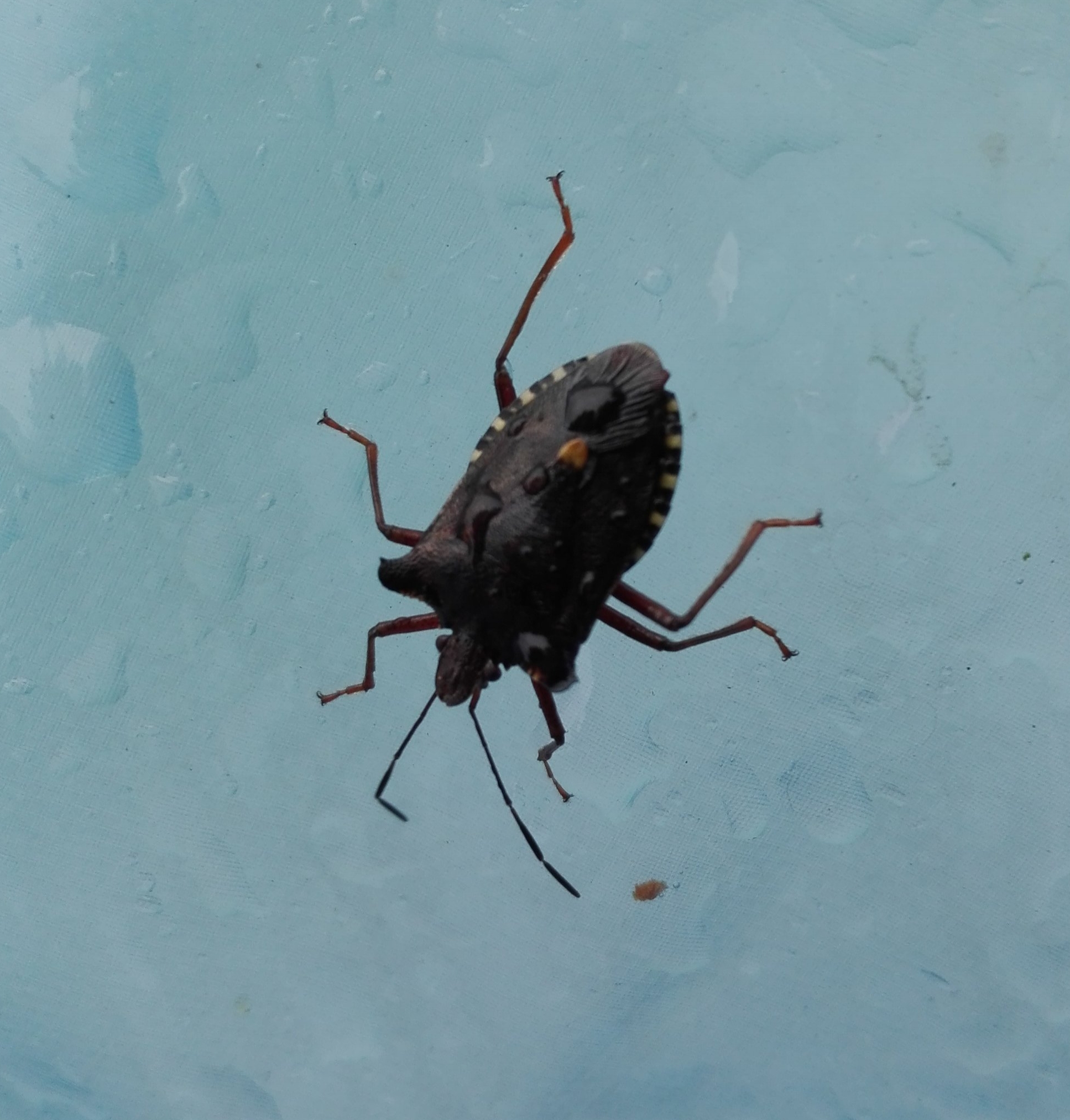Giant Aphids
/Impressed with this colony of Giant Willow Aphids (Tuberolachnus salignus), species #389, hiding in plain sight on the underside of a branch in the weeping willow. They’re impressively big, at 5mm in length apparently one of the biggest aphids in the world, with a funny-looking “sharks-fin” in the middle of their backs. These aphids are most active in the winter, all-female colonies giving birth to live young clones (males are not found) right through to mid-winter, and in fact they disappear totally from the trees for 3-4 months in spring/summer, going no-one-knows-where. You would have thought the local blue tits would gobble them up, but it seems not - it’s thought they accumulate toxins from the willow bark that make them unattractive to would-be avian predators.


